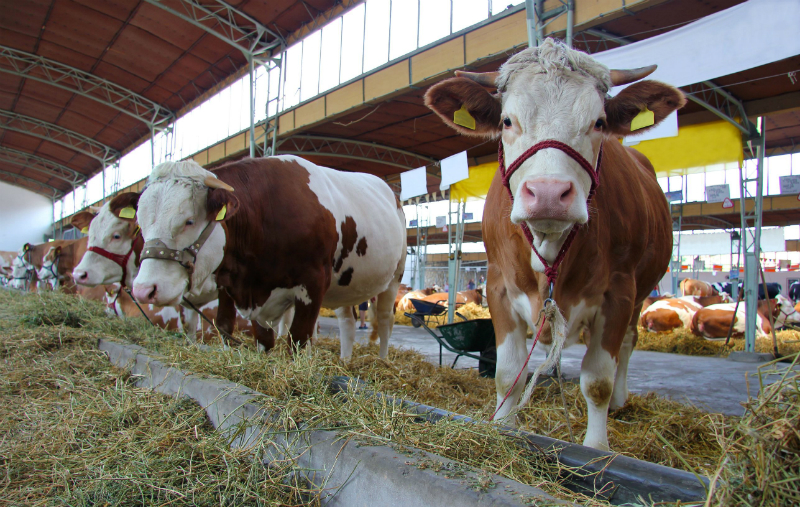Planting early can help farms to produce more crops of higher quality. However, in order for these crops to grow well, they need a way to survive the elements and emerge early. This can sometimes be trickier than it seems.
Risks Involved When Planting Early
Studies show that most farmers in the United States are located in the Midwest – a place known for its long, cold winters, which usually end late in the spring season.
These winters inevitably lead to cold soils, unexpected frosts, or late snows which can cause late emergence, poor germination, and even failed crops.
Ultimately, farmers must find a way to reduce the risks of these hazards before their crops are destroyed or forego planting early in the season altogether.
Reducing the Risks and Accelerating Emergence
While there are many risks involved with planting earlier in the season, it proves to be advantageous to farmers who are willing to do the work.
Research shows that yields are significantly higher for seeds planted earlier in the season with farmers who prevented risks compared to seeds planted later in the season to farmers hoping to avoid risks completely.
Shallow tilling can help farmers to reduce the weather-related risks of planting early and therefore, produce high quantities of crops.
Shallow tilling helps your plants to accelerate their emergence by removing residue and raising the temperature of the soil.
Studies show that shallow tilling can warm the soil by 5-10 degrees Fahrenheit during the day which can increase soil fertilization. Warming up the soil, even slightly, can drastically improve the chance for crop survival, even early in the season.
By using shallow tilling as a method for risk reduction, farmers will begin to see healthier plants emerge earlier in the season and produce higher quality crops.
Types of Equipment Used for Shallow Tilling
The most common farm equipment used for shallow tilling are row cleaners. There are many different varieties of this equipment, but the main two are floating and rigid.
Floating equipment can help to keep smooth lines and shallow tilling whereas rigid can go deeper into the soil. Both provide for differing needs and depending on your farm, you may find yourself needing one over the other.
Once your decision is made, implementing is as simple as purchasing the machinery and attaching it to a planter. Fennig Equipment has floating and rigid forms available; both are affordable and effective.

